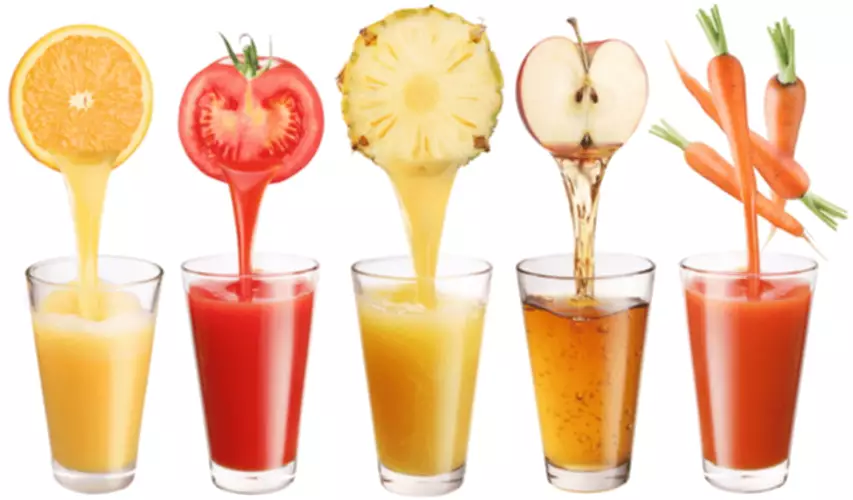Reduced MOR binding in post-mortem tissue could be interpreted as a neuroadaptive response to alcohol-induced release of endogenous β-endorphins in patients with severe alcohol dependence and could explain why naltrexone remains relatively ineffective in this subpopulation [140]. Preclinical data suggests that nalmefene counters alcohol-induced dysregulations of the MOR/endorphin and the KOR/dynorphin system [141]. Drugs that antagonize these receptors, including the licensed drug naltrexone have been found to attenuate alcohol seeking in rats and have been shown to clinically reduce alcohol consumption [144]. The consequences of the alterations in dopamine signaling we observed may be numerous. Neurobiologically, striatal dopamine alters intracellular signaling that affects synaptic plasticity [42]. Activation of D1 dopamine receptors increases the excitability of the direct pathway medium spiny projection neurons (MSNs) [59], while D2 receptor activation inhibits GABAergic synaptic transmission within striatum through presynaptic actions on indirect pathway MSNs.
Terms of Service apply.
These studies compare people with a gene variant that makes it unpleasant to drink to people without the gene variant. One of these studies found people with the gene variant have a lower risk of heart disease — another blow to the idea that alcohol protects people from heart problems. Traditionally, abstinence has been viewed as the primary goal when treating alcohol dependence. However, relapse rates remain alarmingly high for those seeking total abstinence through traditional 12-step programs and rehab.
- This change meant that there was less dopamine available to bind to the receptor sites and more left unused.
- Similarly, glutamate receptors appear to adapt to the inhibitory effects of alcohol by increasing their excitatory activity (Tabakoff and Hoffman 1996; Valenzuela and Harris 1997).
- The dopamine high that comes from drinking is far more exciting than the effects of alcohol consumption.
Beverage effects on FC
‘Hangxiety’: why alcohol gives you a hangover and anxiety – The Guardian
‘Hangxiety’: why alcohol gives you a hangover and anxiety.
Posted: Sun, 27 Jan 2019 08:00:00 GMT [source]
A ceramic blade (Camden Instruments Limited, Lafayette, IN) was used for sectioning 250 µm slices that were equilibrated at 33 °C for 1 h in equilibration ACSF before being moved to room temperature for an additional hour before beginning experiments. Alcohol is one the most widely used and abused drugs in the world and the number of annual alcohol-attributed deaths exceeds 3 million [1]. In the United States of America, alcohol use disorder (AUD) accounts for annual economic losses of ~$250 billion [2] and ~88,000 deaths [3]. As mentioned previously, in addition the affecting the dopamine system directly, alcohol interacts with the mesolimbic dopamine system indirectly via several other neurotransmitters. There is a wide range of such compounds, and here, we will only mention a few, specifically targeting glycine receptors and nAChRs, with a clear interaction with dopamine transmission in the mesolimbic dopamine system [64]. Marco Leyton, a professor and addiction researcher at McGill University’s Department of Psychiatry, said in a 2013 press release that participants more at risk for developing alcoholism had “an unusually large brain dopamine response” when they took a drink.
Less alcohol, or none at all, is one path to better health
Further alcohol metabolism and increases in bacteria cause the liver to produce inflammatory factors such as pro-inflammatory cytokines [81]. This cumulatively increases levels of circulating pro-inflammatory cytokines which alcohol and dopamine can cross the blood brain barrier (BBB) and cause inflammation in the brain [82]. These findings provide evidence that an «as-needed» prescription of nalmefene may be an effective treatment for alcohol dependence for some.

- Alcohol is sometimes described as a ‘disinhibitor’ – it makes us less cautious and more inclined to do things we would normally be shy or hesitant about.
- We used a double-blinded, within-subjects, counter-balanced design consisting of two laboratory visits of ~8 h each; visits were separated by ≥72 h.
- Alcohol use disorder (AUD) is a persistent and recurring brain disorder marked by a diminished capacity to cease or regulate alcohol consumption, even in the face of negative repercussions (Koob and Volkow, 2016).
- Indeed, a major role for nAChRs on dopamine terminals in regulating dopamine release has been demonstrated in rodents [53,54,55,56,57].
Furthermore, studies with intra‐VTA alcohol infusions highlight that different subregions within the heterogeneous VTA might have different ability to modulate the alcohol‐induced dopamine response. Specifically, rats voluntarily self‐administer alcohol, as well as acetaldehyde (an alcohol metabolite) https://ecosoberhouse.com/ into the posterior, but not anterior, part of the VTA [80–85], indicating that alcohol is reinforcing only within the posterior VTA. In corroboration are the findings that the sensitivity of the posterior VTA to the reinforcing effects of alcohol is enhanced in alcohol‐preferring rats [88].
function recaptchaOnloadCallback()
- A small study in twenty alcohol‐dependent individuals, with significant levels of anxiety or depression, showed that tiapride treatment causes a reduced alcohol intake as well as prolonged periods of abstinence [158].
- When comparing the neural response of light (consuming ~0.4 drinks per day) and heavy (consuming ~5 drinks per day) drinkers to alcohol cues, light drinkers have been found to have a higher BOLD signal in VS, while heavy drinkers show an increased BOLD signal in DS [102].
- Of note, prior bariatric surgery was an exclusion criterion in the clinical trials assessing the efficacy of these agents for weight loss.
- A broad consensus does exist as to the involvement of various neurotransmitter pathways, but defining the precise causative alleles or groups of alleles in the genes of the particular neurotransmitter pathways involved in alcoholism is a challenge to be overcome in the coming years.
- Indeed, Morrisett and Swartzwelder (1993) reported that short-term alcohol exposure decreased LTP in the hippocampus (Bliss and Collingridge 1993).
- The authors found that semaglutide lowered the alcohol-induced release of dopamine and enhanced dopamine metabolism within the nucleus accumbens.
This created a hyper dopaminergic state, or one where the dopamine levels are higher than normal. But while having more dopamine may sound like a good thing, according to the study both hypo and hyper dopaminergic states put abstinent drinkers at risk of relapse. In the study, 165 AD patients, 113 heroin dependent patients and 420 healthy controls from a homogeneous Spanish Caucasian population were genotyped using standard methods. The study found that genotypic frequencies of STin2 VNTR polymorphism did not differ significantly across the three groups. The study concludes by stating that their data does not support a role of serotonergic polymorphisms in AD.

